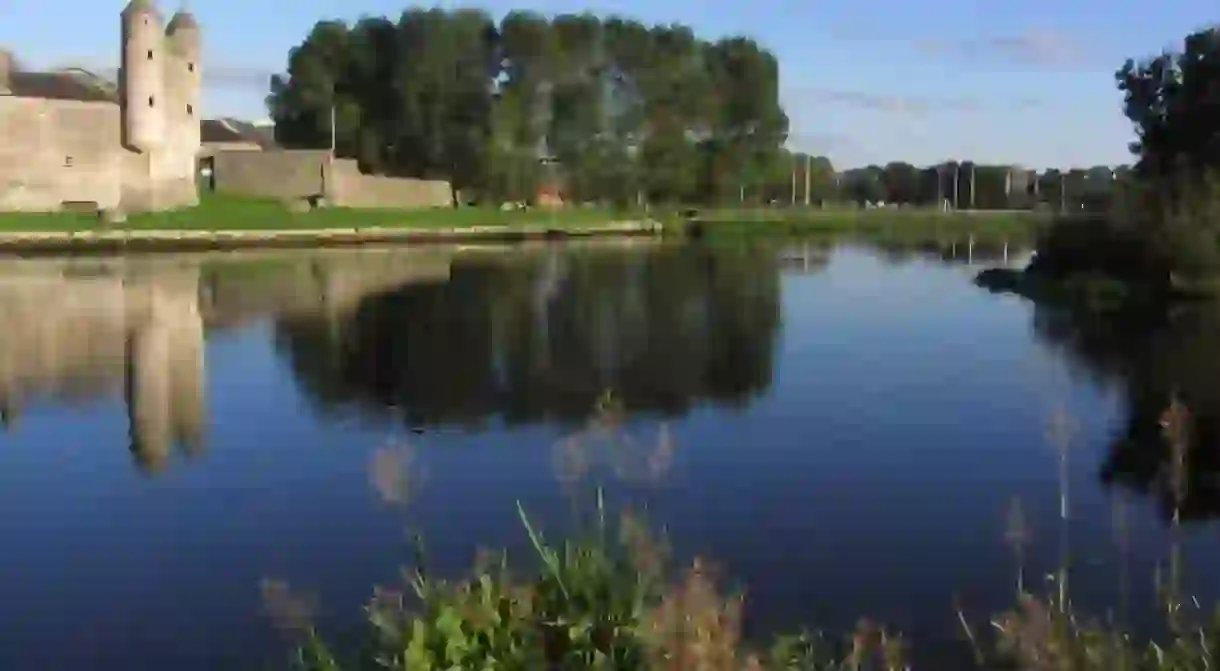A Brief History of Enniskillen Castle

The County of Fermanagh is famous for its 17th-century castle ruins, the most in Ireland, in fact. Enniskillen Castle has been a staple in Northern Ireland’s history for centuries. Built by the Maguire family and Lord of Fermanagh, Hugh ‘the Hospitable’ Maguire, the castle continues to attract tourism to its in-house museums and encapsulating surroundings.
Beginning in the first century, the Gaels, who are historically associated with Scottish and Irish populations and commonly linked through their languages – Irish Gaelic, Scottish Gaelic and Manx – heavily influenced northwestern Europe. Gaelic Fermanagh was founded and ruled by the Maguire chieftains, who built their Enniskillen stronghold, Enniskillen Castle. The exact date of construction is unclear, although the earliest traced presence, in the Annals of Ulster, was in 1439.

The Maguire rule lasted 300 years – they even fought for their land during the Battle of the Ford of the Biscuits – until it was taken over by English settlements in the 17th century, serving as a military barracks and key strategic base along the River Erne, under control of William Cole. The English seized the castle during the Flight of the Earls in 1607, which was a movement used to redistribute land to those Irish natives who were loyal to the British crown, named servitors, delegitimising the Irish chieftains and spreading discontent among the populations of Fermanagh for their new settlers. This period is often referred to as the Plantation of Ulster.

As Enniskillen developed, the castle became a staple in the culture of linen production and markets, but the settlement remained a valuable military and port base. During WWII, thousands of British, American and Canadian troops were based in Fermanagh, and an RAF training base at Killadeas opened in July 1942, training and teaching these soldiers to fly Catalinas during the war.
The castle was refurbished and restored between 2007 and 2013, thanks to a £3.5 million investment, and is now open to the public. Visitors can explore the original castle grounds, The Inniskillings Museum and Maguire Gallery. The 5,500 artefacts within these grounds tell the stories of Ulster’s prehistoric era, the Plantation of Ulster and the important contribution of the area during WWII. You can find out more information about the museum here.













